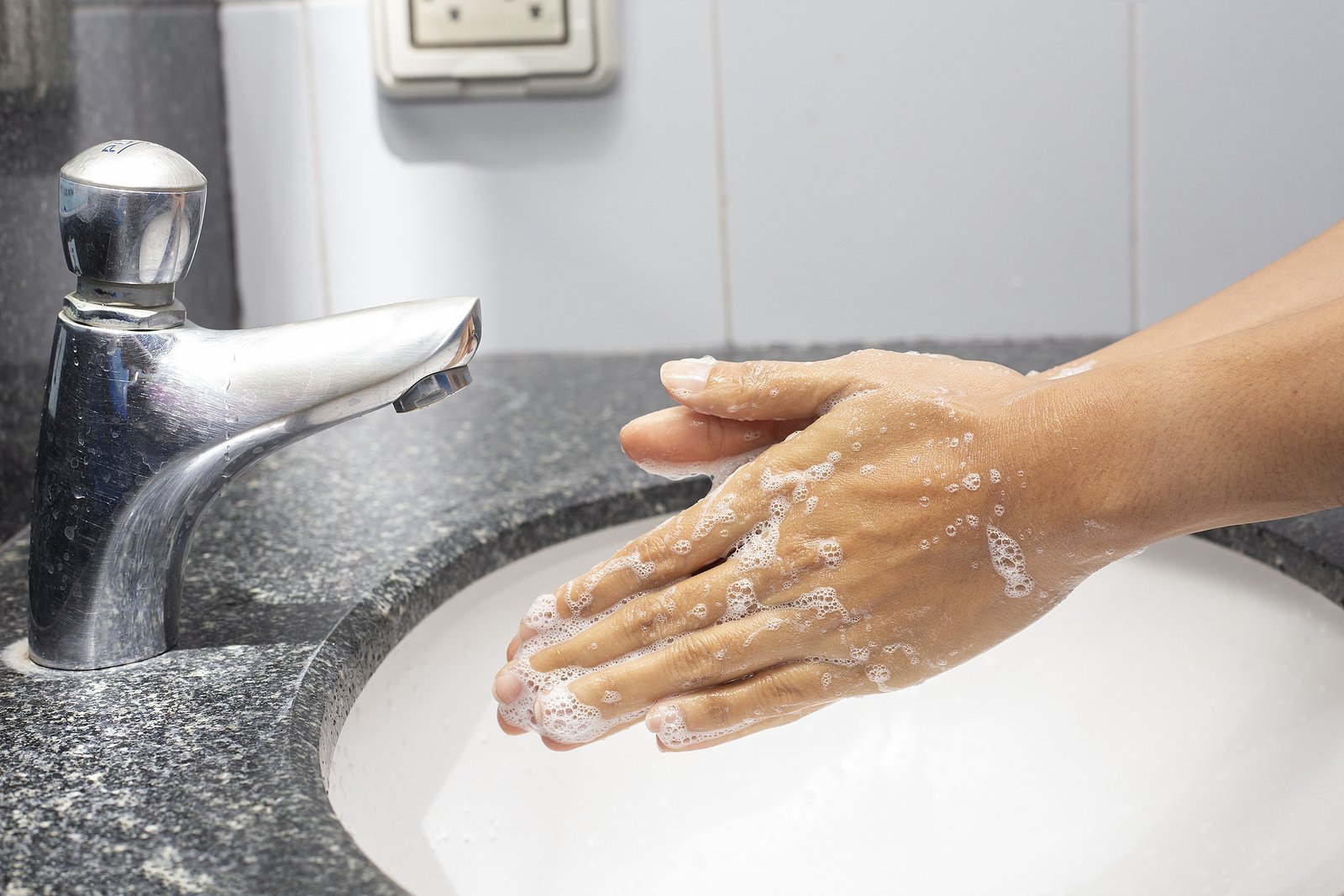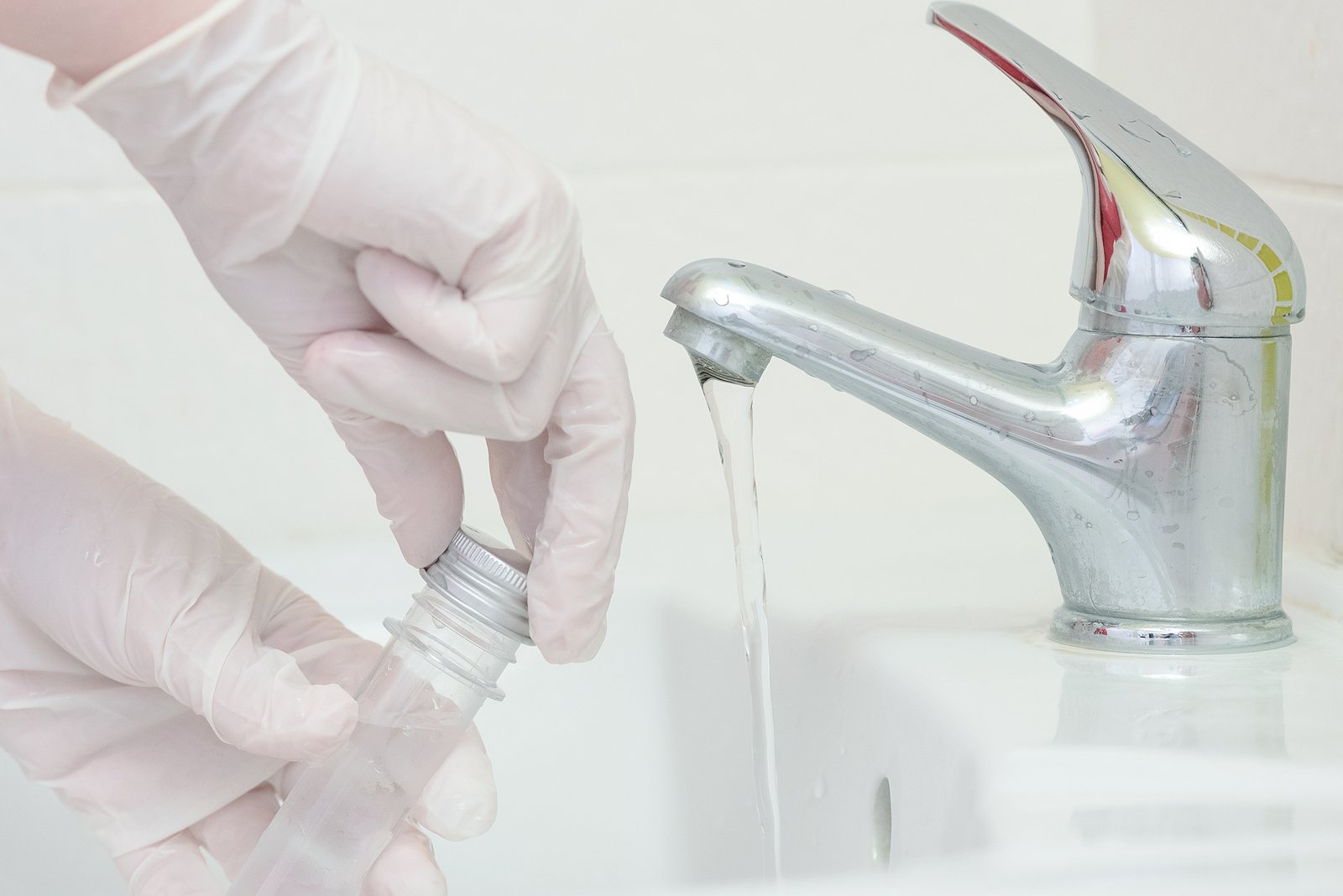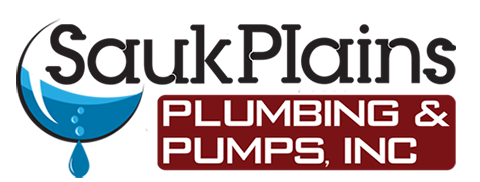Well Water Testing – Protecting Your Family
If your home relies upon a private well for its water supply the value of annual well water testing cannot be understated. Water tests are a major step in protecting your family’s health. It’s important to know you’re getting safe, high-quality water in your Cross Plains WI area home isn’t it? Accurate water tests are important for several reasons, including:
Identifying existing health problems and spotting tell-tale signs of things to come.
Making sure your water is safe no matter how you’re using it – bathing, drinking, laundry, pets, etc.
Tracking changes in the systems – raising red flags before anyone gets sick.
Monitoring the effectiveness of your water treatment systems.
Keeping tabs on the physical state of your well pump and pipes.

With so much at stake it’s important to choose licensed, experienced professionals to protect your home and family. Sauk Plains Plumbing and Pumps is committed to helping provide safer, more reliable water supplies customers throughout the area.
“Fantastic work and outstanding customer service! We've used Sauk Plains for all of our plumbing needs for the last 10 years. Steve, the owner, takes personal responsibility for making sure things get done right and in a timely fashion. We trust them without hesitation. Can't find a better partner when it comes to addressing your plumbing needs!”
Cathy Cagle
Well Water Testing – Make It An Annual Event
The first step in building the peace of mind that goes with safe, clean water is scheduling well water testing from a licensed plumber. The list of possible water contaminants is long and growing. Foreign substances can soak into ground water without warning.
Accurate, timely water tests are not just a good idea. They are required by state law. You have to be able to provide written records of these tests and any treatments required when you sell your house. The Wisconsin Department of Natural Resources (DNR) certifies professionals like the staff of Sauk Plains Plumbing to provide accurate test results.
Even though it’s more than a good idea, the majority of homeowners using water wells do not have well water tested every year. Most take the “I’ll have water tests done if I notice something wrong,” approach. They have water tested if it changes color, tastes or smells bad. Does that really make sense? By then the contaminants are already there in serious numbers.
Sources Of Well Water Contamination
Since you swallow it, cook with it and bathe in it, knowing what’s in your well water should be a high priority, shouldn’t it? When you have well water testing done, what are analysists looking for? Routine tests screen for:
Bacteria – specifically for coliform bacteria. It’s a disease-carrying bacteria often found in ground water. If any bacteria ever shows up in a water test you should test for it more than once a year. If you notice a change in your water’s color, taste or clarity check bacteria levels right away.
Nitrates – a form of nitrogen, nitrate is a serious threat, especially to small children. A positive test for nitrates indicates the possible presence of other contaminants, too. Test new wells for nitrates more often than older, established wells.
Chloride – high levels of chloride means a septic system or nearby landfill is leaking into ground water. Or there are excessive levels of fertilizer or road salt soaking into the ground.
Alkalinity – high alkalinity means the water’s more likely to be corrosive to pipes, pumps and fixtures. Additional testing should be done to be ensure the safety of household fixtures and pipes.
Hardness – in this area we are plagued by hard water. Measure the level of “hardness” so you know if you need a water softening system.
Lead and heavy metals – dangerous metal elements like lead leach into well water from old pipes, solder and external sources. They represent serious health risks.
Water test results steer plumbing professionals toward follow-up tests and appropriate well water treatment.
Know Your Surroundings, Know Your Test Results
When you rely upon a private well for your water supply you are relying upon local ground water. The water beneath the ground is a delicate resource subject to many stresses. Where you live has a lot to do with what threatens the underground water source you depend upon. Obviously, you don’t want to locate a new well “too close” to a known source of water pollution. But how do you know where the sources are or what’s “too close?”
Keeping an appropriate distance from potential water polluting sources is also a state law. Wisconsin has regulations going as far back as 100 years outlining what it considered “far enough” away from these sources. The process gets more complicated as land development continues. It is up to you to be aware of your surroundings.
Because situations change and land use changes, keeping records of well water testing is important. Water for your well may originate miles away from your home. You cannot keep tabs on all the changes in your neighborhood – and neighboring neighborhoods – can you?
Any well jetted or drilled since the 1930s must have a construction report on file with the DNR. The reports provide valuable information for future treatment. Reports from wells installed after 1988 are available on the DNR website. These reports include:
- The date the well was drilled
- The original owner’s name
- The measured distance from structures – septic tanks, etc. when first installed
- The diameter and depth of the hole
- What type of casing and all the materials used
- The type and depth of soil and rock formation
- The depth of the water table at the time
- The initial water yield
As a well owner you should keep a personal, detailed well maintenance history – recording well water testing dates, findings, actions, inspections and repairs. In addition to monitoring water quality, regularly check the condition of the wellhead – look for damage, corrosion, etc. on covering, casing and cap.
Sauk Plains Plumbing – State Certified Water Testing Services

Although the state sets regulations on well construction and record-keeping, making sure the water stays safe is up to you. There’s a Wisconsin Plan to help create a personal program of sampling and testing. When was the last time you had your well water tested?
Our team of State Certified water test professionals will test your water, design an effective water treatment system to meet your specific needs, and calibrate your equipment to operate at peak efficiency. Our services include –
- Well water Testing
- Water Monitoring
- Water Filtration
- Water Conditioning Supplies
- Water Softener
- Reverse Osmosis Systems
- Water Filter Changes
Note – Our products are certified by the Water Quality Association (WQA) and are installed per WQA standards.
Accurate Water Samples Are The Key
So, what if your recent water test comes back marked, “UNSAFE?” That will surely get your attention. Most “unsafe” samples are because of coliform bacteria. Bad on its own, Coliform is an indicator of more potentially serious contamination as well.
However, a “bad” sample isn’t the end of the world. Random samples from water sources with no obvious signs of contamination occasionally come back as “bad.” Why?
There are two common reasons:
- Contaminates have gotten into your water.
- The test shows a false result.
Bad reports are often the result of bad testing procedures – especially when homeowners take the process as a do-it-yourself challenge. Among the possible reasons for incorrect findings are:
- Taking the sample for testing with dirty hands – wear gloves or at least wash your hands with antibacterial soap.
- Using a dirty sample bottle. Even setting the bottle cap on a dirty surface is a risk; tests for bacteria are very sensitive.
- Testing from a dirty faucet – sampling water from a corroded or leaking tap.
- Using a faucet with plastic parts – plastic is a great host for bacteria so avoid it. That’s more and more difficult. Most modern faucets include plastic valves inside the units.
- Sampling from a faucet with an aerator – bacteria can get trapped in the mesh and get into water at the faucet when it isn’t in the water supply.
Are outdoor faucets or hoses a good place to take your water sample? Outdoors, contaminants can literally creep into the tap. Have you spotted those ugly Earwigs in your yard? They are among the worst contaminators of private wells. They crawl into the system and bring bacteria with them – which shows up in your water sample. And never use water from a garden hose. They are breeding grounds for bacteria.
A Water Well System Is Complicated
Although you cannot readily see most of them, there are a lot of elements making up the systems providing clean water to your home. And they provide a long list of entry points for outside agents. If you’ve ever received an “unsafe” review, have everything checked, including:
- Pumps, pipes and fittings.
- Tanks – pressure tanks underground should be checked for pinhole leaks, or a bad bladder or diaphragm.
- Broken or leaking lateral lines.
- Bad welds.
- Cracked well casing – if a well casing is too close to the surface mower debris can be blasted inside. Be sure the casing is at least 1-foot above the ground.
- A broken well cap – cracks allow insects, dirt and debris into the well.
- A missing well cap – have you seen an old pail or can used to replace a missing cap? Maybe you’ve done it. It’s an invitation to water quality issues.
- A faulty backflow preventer – or none at all.
- Frayed electrical connections – ideal host areas for bacteria.
“We had an underground waterline leak and DJ with Sauk Plains Plumbing knew exactly what to do. He approached the problem with expert precision. Something that I would have expected to be a multi-day job was done from beginning to end in about 4 hours. And they did it in 90 degree heat and oppressively humid conditions. I am fortunate to have found Sauk Plains. True professionals from beginning to end.”
Joe S.
Like getting a failing grade on one math test, you can make up for an unsafe rating on a well water test. Begin with a complete review by the professionals at Sauk Plains Plumbing and Pumps. Routine maintenance is your responsibility but tapping into the skill and experience of local professional resources is a wise investment. The peace of mind you get knowing your drinking water is safe for the whole family, is worth the effort isn’t it?
For a detailed explanation of why well water sampling is important to your family health, review the U.S. Environmental Protection Agency’s (EPA) guidelines and resources.

Reliable Well Water Testing – Never Take Water Quality For Granted
Even in this high-tech age, you can never take safe water for granted. Especially when you rely upon a private well for your family’s water. An annual well water testing program should be high on your “to do list.” If you have a shallow well consider a water test more than once a year – ideally, spring and fall or anytime you notice a potential problem. For water wells in and around Cross Plains WI water should always be sampled both at the tap and at its source. Dual well water sampling shows clearly if a treatment system isn’t working properly. The quality of water can change from point to point.
In recent years flooding rains and melting snows have threatened to contaminate ground water in our rural areas. Timely well water treatment restores not only water quality but peace of mind. Whether you’re adding a new treatment system to your existing property, replacing an existing one or including a system with new construction, our certified staff is prepared to provide everything you need. We’ll begin with an on-site evaluation and move on to installing high-efficiency products providing custom solutions for your needs.
Call Sauk Plains Plumbing and Pumps to provide expert well water testing and reliable solutions for your home’s fresh water in the Cross Plains, Verona, Waunakee and Middleton WI area.
